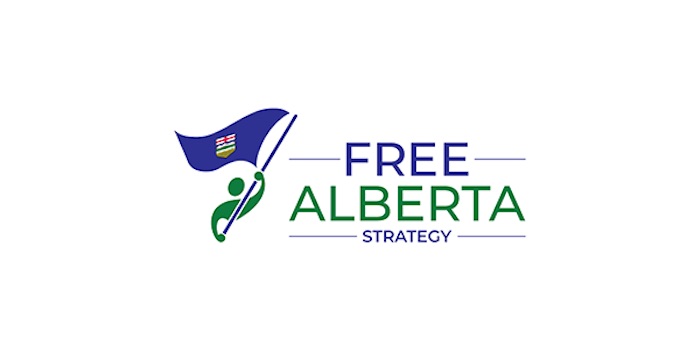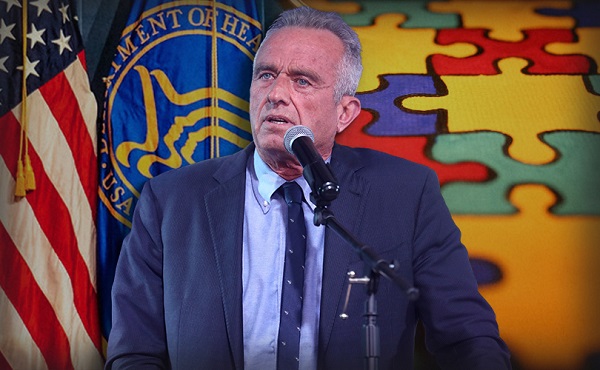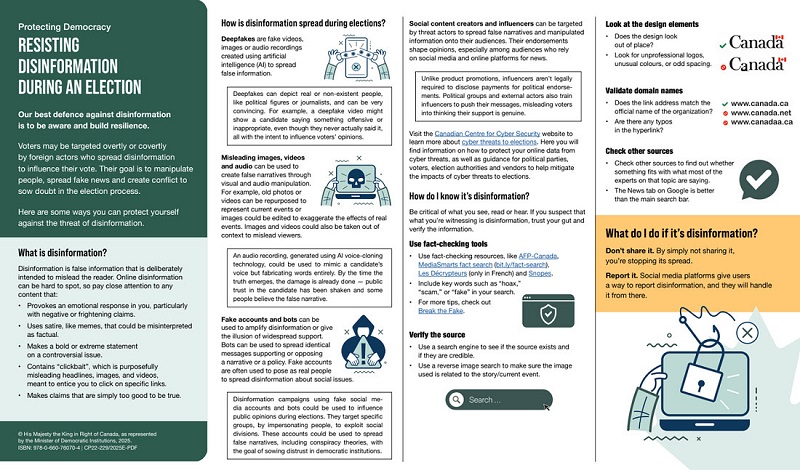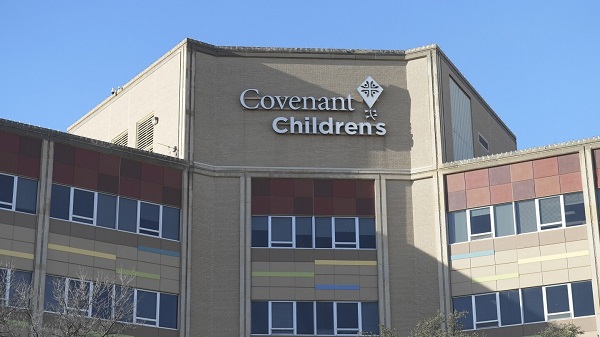Alberta
Defending Provincial Priorities

News release from Free Alberta Strategy
The recent debate around zoning across the province is a prime example of federal encroachment.
The federal government offered money to cities to help with housing affordability challenges, but only made the money available if cities promised to change zoning policies.
As you are aware, The Free Alberta Strategy was built on the concept that the federal government needs to keep out of provincial jurisdiction.
For years, Ottawa has been watering down the constitutional delineation of duties between the federal government and the provincial government.
Bill 18 – the Provincial Priorities Act – is anticipated to pass in the Alberta Legislature this week, and represents a huge step in the direction of greater provincial jurisdictional autonomy.
The Provincial Priorities Act has been dubbed the “Keep Out of Our Backyard” law by Alberta Premier Danielle Smith.
Under the Provincial Priorities Act, any agreements between the federal government and any provincial entities – including municipalities – must receive provincial approval to be considered valid.
Agreements between the federal government and provincial entities lacking Alberta’s endorsement will be deemed illegal under this legislation.
When the legislation was announced, Smith was not mincing words:
“It is not unreasonable for Alberta to demand fairness from Ottawa. They have shown time and again that they will put ideology before practicality, which hurts Alberta families and our economy. We are not going to apologize for continuing to stand up for Albertans so we get the best deal possible.
“Since Ottawa refuses to acknowledge the negative impacts of its overreach, even after losing battles at the Federal and Supreme Courts, we are putting in additional measures to protect our provincial jurisdiction to ensure our province receives our fair share of federal tax dollars and that those dollars are spent on the priorities of Albertans.”
Although the federal government has limited direct authority in provincial jurisdiction, it can leverage its substantial financial resources to prompt or pressure provincial governments into specific actions.
The recent debate around zoning across the province is a prime example of federal encroachment.
The federal government offered money to cities to help with housing affordability challenges, but only made the money available if cities promised to change zoning policies.
Calgary Mayor Jyoti Gondek tried to claim that the federal housing funds were not contingent on the city’s rezoning efforts, but federal Housing Minister Sean Fraser posted a pretty strong response on social media platform X (formerly Twitter):
“If Calgary, or any other city, does not meet the conditions they have agreed to, we will withhold funding under the agreement.”
The federal government played the same trick in many other provinces, too.
But, notably, in Quebec, the federal government just gave the Quebec government the cash and let them distribute it to their municipalities without conditions.
It’s tempting to think this is just more federal bias towards Quebec.
But, actually, this is a great example of how pushing back can have results.
You see, the Provincial Priorities Act in Alberta is modeled after existing legislation in Quebec, known as “An Act Respecting the Ministère du Conseil exécutif,” which prohibits any municipal body from negotiating or entering into agreements with the federal government or its agencies without explicit authorization from the Quebec government.
If Ottawa wants to meddle in Quebec’s jurisdiction, it must first seek Quebec’s approval.
And it works – the federal government got back in line.
Now, with the Provincial Priorities Act, if Ottawa wants to meddle in Alberta’s jurisdiction, it must first seek Alberta’s approval.
It’s time for Ottawa to recognize Alberta’s autonomy and respect our right to determine our own future.
At the Free Alberta Strategy, we understand that constant vigilance is necessary – every time we establish a boundary, the federal government tries to circumvent it.
We will continue to inform you about what’s happening in Alberta and fight to keep Ottawa out.
But we need your support.
With your help, we can continue our work to defend Alberta’s sovereignty and serve the best interests of all Albertans.
Enough is enough – we will not stand by while our interests are disregarded.
If you are in a financial position to contribute to our work, please donate!
Alberta
Made in Alberta! Province makes it easier to support local products with Buy Local program

Show your Alberta side. Buy Local. |
When the going gets tough, Albertans stick together. That’s why Alberta’s government is launching a new campaign to benefit hard-working Albertans.
Global uncertainty is threatening the livelihoods of hard-working Alberta farmers, ranchers, processors and their families. The ‘Buy Local’ campaign, recently launched by Alberta’s government, encourages consumers to eat, drink and buy local to show our unified support for the province’s agriculture and food industry.
The government’s ‘Buy Local’ campaign encourages consumers to buy products from Alberta’s hard-working farmers, ranchers and food processors that produce safe, nutritious food for Albertans, Canadians and the world.
“It’s time to let these hard-working Albertans know we have their back. Now, more than ever, we need to shop local and buy made-in-Alberta products. The next time you are grocery shopping or go out for dinner or a drink with your friends or family, support local to demonstrate your Alberta pride. We are pleased tariffs don’t impact the ag industry right now and will keep advocating for our ag industry.”
Alberta’s government supports consumer choice. We are providing tools to help folks easily identify Alberta- and Canadian-made foods and products. Choosing local products keeps Albertans’ hard-earned dollars in our province. Whether it is farm-fresh vegetables, potatoes, honey, craft beer, frozen food or our world-renowned beef, Alberta has an abundance of fresh foods produced right on our doorstep.
Quick facts
- This summer, Albertans can support local at more than 150 farmers’ markets across the province and meet the folks who make, bake and grow our food.
- In March 2023, the Alberta government launched the ‘Made in Alberta’ voluntary food and beverage labelling program to support local agriculture and food sectors.
- Through direct connections with processors, the program has created the momentum to continue expanding consumer awareness about the ‘Made in Alberta’ label to help shoppers quickly identify foods and beverages produced in our province.
- Made in Alberta product catalogue website
Related information
Alberta
Province to expand services provided by Alberta Sheriffs: New policing option for municipalities

Expanding municipal police service options |
Proposed amendments would help ensure Alberta’s evolving public safety needs are met while also giving municipalities more options for local policing.
As first announced with the introduction of the Public Safety Statutes Amendment Act, 2024, Alberta’s government is considering creating a new independent agency police service to assume the police-like duties currently performed by Alberta Sheriffs. If passed, Bill 49 would lay additional groundwork for the new police service.
Proposed amendments to the Police Act recognize the unique challenges faced by different communities and seek to empower local governments to adopt strategies that effectively respond to their specific safety concerns, enhancing overall public safety across the province.
If passed, Bill 49 would specify that the new agency would be a Crown corporation with an independent board of directors to oversee its day-to-day operations. The new agency would be operationally independent from the government, consistent with all police services in Alberta. Unlike the Alberta Sheriffs, officers in the new police service would be directly employed by the police service rather than by the government.
“With this bill, we are taking the necessary steps to address the unique public safety concerns in communities across Alberta. As we work towards creating an independent agency police service, we are providing an essential component of Alberta’s police framework for years to come. Our aim is for the new agency is to ensure that Albertans are safe in their communities and receive the best possible service when they need it most.”
Additional amendments would allow municipalities to select the new agency as their local police service once it becomes fully operational and the necessary standards, capacity and frameworks are in place. Alberta’s government is committed to ensuring the new agency works collaboratively with all police services to meet the province’s evolving public safety needs and improve law enforcement response times, particularly in rural communities. While the RCMP would remain the official provincial police service, municipalities would have a new option for their local policing needs.
Once established, the agency would strengthen Alberta’s existing policing model and complement the province’s current police services, which include the RCMP, Indigenous police services and municipal police. It would help fill gaps and ensure law enforcement resources are deployed efficiently across the province.
Related information
-

 2025 Federal Election1 day ago
2025 Federal Election1 day agoRCMP Whistleblowers Accuse Members of Mark Carney’s Inner Circle of Security Breaches and Surveillance
-

 Autism2 days ago
Autism2 days agoAutism Rates Reach Unprecedented Highs: 1 in 12 Boys at Age 4 in California, 1 in 31 Nationally
-

 Health2 days ago
Health2 days agoTrump admin directs NIH to study ‘regret and detransition’ after chemical, surgical gender transitioning
-

 Autism1 day ago
Autism1 day agoRFK Jr. Exposes a Chilling New Autism Reality
-

 Bjorn Lomborg2 days ago
Bjorn Lomborg2 days agoGlobal Warming Policies Hurt the Poor
-

 2025 Federal Election2 days ago
2025 Federal Election2 days agoAI-Driven Election Interference from China, Russia, and Iran Expected, Canadian Security Officials Warn
-

 Also Interesting1 day ago
Also Interesting1 day agoBetFury Review: Is It the Best Crypto Casino?
-

 2025 Federal Election1 day ago
2025 Federal Election1 day agoBureau Exclusive: Chinese Election Interference Network Tied to Senate Breach Investigation






